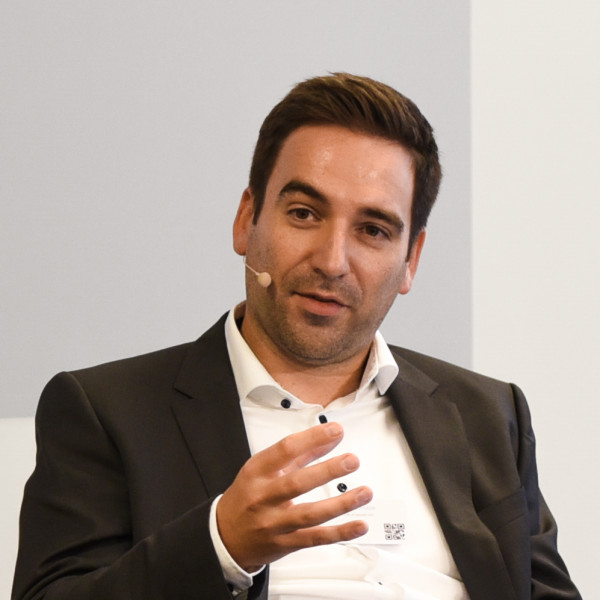Insights
Research
Advisory
Events
Company
KuppingerCole's Advisory stands out due to our regular communication with vendors and key clients, providing us with in-depth insight into the issues and knowledge required to address real-world challenges.

Meet our team of analysts and advisors who are highly skilled and experienced professionals dedicated to helping you make informed decisions and achieve your goals.

Meet our business team committed to helping you achieve success. We understand that running a business can be challenging, but with the right team in your corner, anything is possible.
For any large company, regulated or not, it is essential to have a mechanism or process for detecting vulnerabilities. For this purpose, various scanners exist that can automatically scan the company's IT assets for known and new vulnerabilities. However, this is where the big challenge begins: most scanners tend to find a large number of vulnerabilities. This is important and good, but not every vulnerability is equally relevant for every company.
Typically, most organizations drown quickly with the number of vulnerabilities they have. Different specific scanners for compliance, containers, source code, operating systems and applications deliver a hardly manageable number of different potential problems per asset.
For vulnerability management to work, you need to build a sustainable vulnerability management, define intelligent processes and specify intelligent bundling and prioritization.
In this presentation, Christopher Schütze will show how this was achieved in a successful project.
For any large company, regulated or not, it is essential to have a mechanism or process for detecting vulnerabilities. For this purpose, various scanners exist that can automatically scan the company's IT assets for known and new vulnerabilities. However, this is where the big challenge begins: most scanners tend to find a large number of vulnerabilities. This is important and good, but not every vulnerability is equally relevant for every company.
Typically, most organizations drown quickly with the number of vulnerabilities they have. Different specific scanners for compliance, containers, source code, operating systems and applications deliver a hardly manageable number of different potential problems per asset.
For vulnerability management to work, you need to build a sustainable vulnerability management, define intelligent processes and specify intelligent bundling and prioritization.
In this presentation, Christopher Schütze will show how this was achieved in a successful project.
 Head of Section Cyber Protection
Head of Section Cyber Protection Cybersecurity Practice Director & Chief Information Security Officer
Cybersecurity Practice Director & Chief Information Security Officer